One of the Earliest Appearances of Katara on a Printed Map of the 18th Century
Striking full color example of the Dutch edition of Bellin's fine map of the Arabian Peninsula, which includes and early reference to Katara, the modern state of Qatar.
Includes an elaborate cartouche and detailed charting of the coastline of the Arabian Peninsula, Red Sea, Straits of Ormuz, etc. The Red Sea is alternatively named "Mer Rouge ou Golf d'Arabie."
The map shows Al Katif, I. Bahrayn (Bahrain), Katara (Qatar), and the "Perl Bank". Julfar is named (Ras Al Khaimah), but curiously mislocated to the south. The reference to Katara is of note.
While Katara or Catara had appeared on Ptolemaic maps dating the the 15th Century and before, the name was typically associated with the ancient usage of Ptolemy. Here, it appears on a modern map which is no longer intended to show ancient placenames.
Katara
The name Katara or Catara is the earliest recorded name for the area around the modern state of Qatar.
The name "Catara" began appearing as a name for the Qatar Peninsula in geographic and historical maps in about 150 A.D by the Alexandrian geographer Claudius Ptolemaeus in 150 AD. The name also appeared in the Atlas of the History of Islam. The town appeared northwest of Gerra or near it, and to the west of the town of Cadara.
The use of the name Catara or Katara was largely abandoned until the 18th Century, when it began to re-appear on printed maps.
Jakob van der Schley was a skilled draftsman and engraver who operated out of Amsterdam and had strong ties with the Hague. He was trained by Bernard Picart and his style resembles that of the elder man. Van der Schely was known for intricately engraved portraits and frontispieces. He signed most of the plates used in the Hague edition of the Abbe Prevost's Histoire generale des voyages.

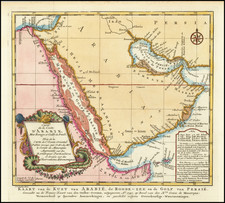








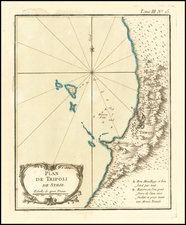
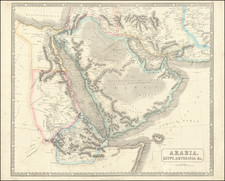
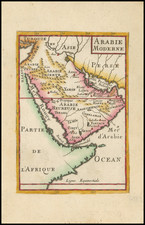
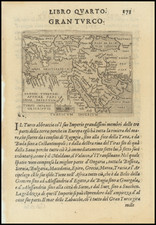
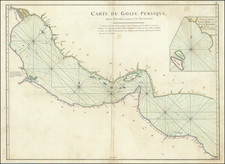
![[Kingdom of Persia] Regno di Persia con le notitie Provincie Antiche, che piu probabilmente corrispondono alle Divisioni moderne d'esso Regno . . . 1679](https://storage.googleapis.com/raremaps/img/small/75921.jpg)